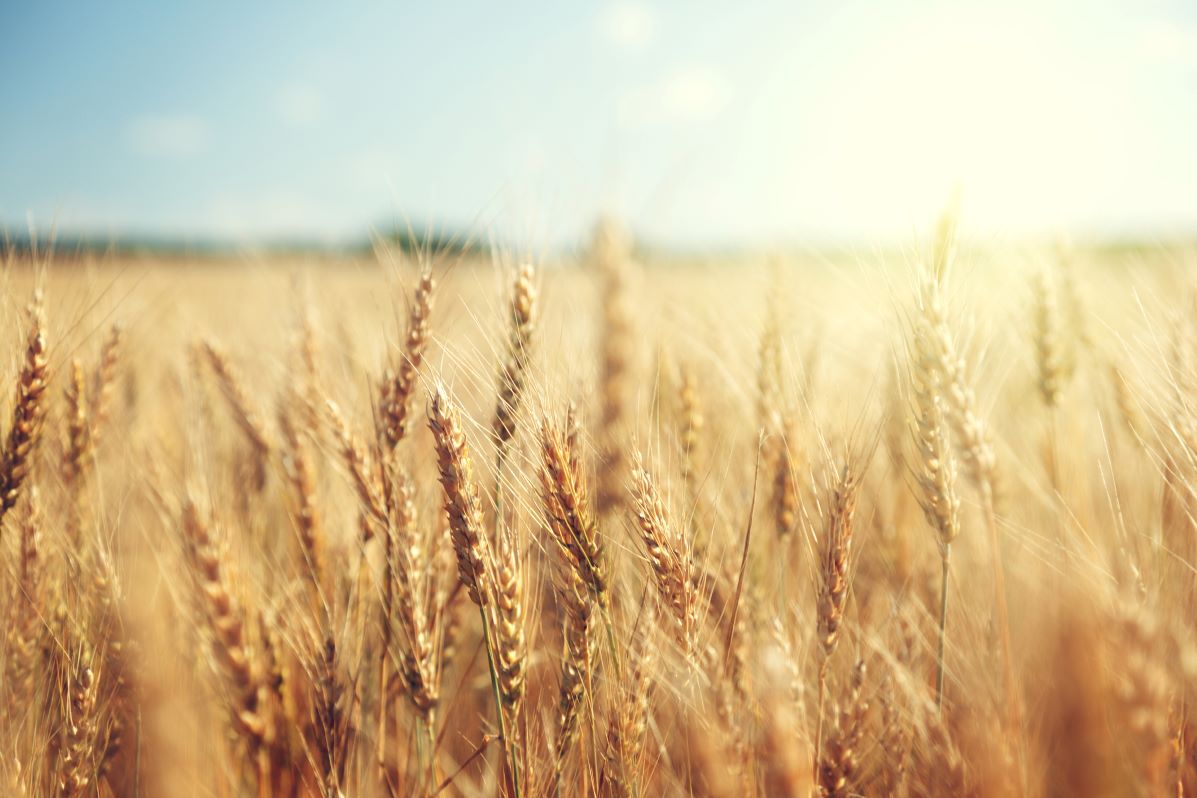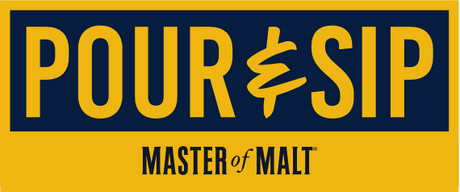Grain, glorious grain! What’s it all about?

By now you’re no stranger to the delicious delights that grain whisky has to offer. Irish grain whiskey The Hanson from J.J. Corry was in this month’s box, and last month you also sipped on 27-year-old single grain Cameronbridge from That Boutique-y Whisky Company. But what’s the story behind grain whisky, and why does everyone always talk about single malts all the time?
Malt whisky is made with malted barley, while grain whisky is made with anything else. This could be (and most commonly is) corn, wheat, or rye – or a combination of all of them! Then you have blended whisky, which brings together these grains with malt whisky. (You can find out more about these terms here!)
Each grain holds its own flavour profile. Generally, rye is spicier, corn is sweet and buttery, and oats are creamy, while wheat is light and mellow – think toast and honey.
Grain whisky in Scotland and Ireland has a very different story to that in the USA and Asia. Bourbon has to be made from a minimum of 51% corn, and rye whiskey is immensely popular, so grains other than barley have never been shunned. In Japan, blended whisky is the perfect Highball component. It’s over in Europe that grains have struggled to compete with malts.
Before importing grains was easy, distilleries would make use of whatever surrounded them. Barley grew in abundance in Scotland, while corn thrived in Kentucky and rye survived better in the cooler climates of North America and Canada – hence why the various grains are strongly associated with each place. In 1831, everything changed. Firstly, this is when a chap called Aeneas Coffey patented the column still which, unlike a pot still, can distil spirits to a much higher ABV. Batches were gone, and continuous distillation was here!
The second thing that happened was the end of the Corn Laws in 1846. These were tariffs and trade restrictions on imported grain in the UK – despite the confusing name, this wasn’t just on corn. The word was a general term for all cereal grains, including wheat, oats, and barley. Importing cheap grain wasn’t an option until it ended.
So we have column still distillate, and a decade or so after, cheap grain comes into the picture. The final spirit from the combination of these two things was much lighter, and the folks over in Ireland wanted nothing to do with this new style of whisky. This is where the distinction between Scotch whisky and Irish whiskey comes in – Ireland whacked an ‘e’ in its name to separate its own heavier pot still spirits from this new Scottish column still liquid. Ireland just wouldn’t accept it as the water of life. It’s all a bit ironic, considering Coffey himself was Irish!
This all came crashing down in 1860 when the Spirits Act came into place, which allowed the blending of grain whisky and single malts. Blended whisky as a category was born. Grain was cheaper, so Scottish distillers began blending their revered malts with it, slashing their prices and overtaking Irish distillers in popularity. Unfortunately this (alongside World War II, Irish independence, and US Prohibition) led to the collapse of Irish distilling, which has only begun to recover recently. But that’s another story…
This is part of the reason why grain whisky gets a bad name; it was seen as a cheap way to dilute the ‘better’ malt spirits. But, recently, it’s been having a revival. Single grain releases (like last month’s Cameronbridge) are popping up, with some hefty age statements to boot. We’re also seeing a resurgence of the Irish tradition of adding oats to the mashbill, and it’s awesome! Grain is finally getting the love it deserves.
Grain whisky isn’t malt whisky (and vice versa), so if you want one then the other won’t scratch that itch. But let’s stop comparing and competing them against each other, and appreciate each one for all its merits!
Jess 🥃



